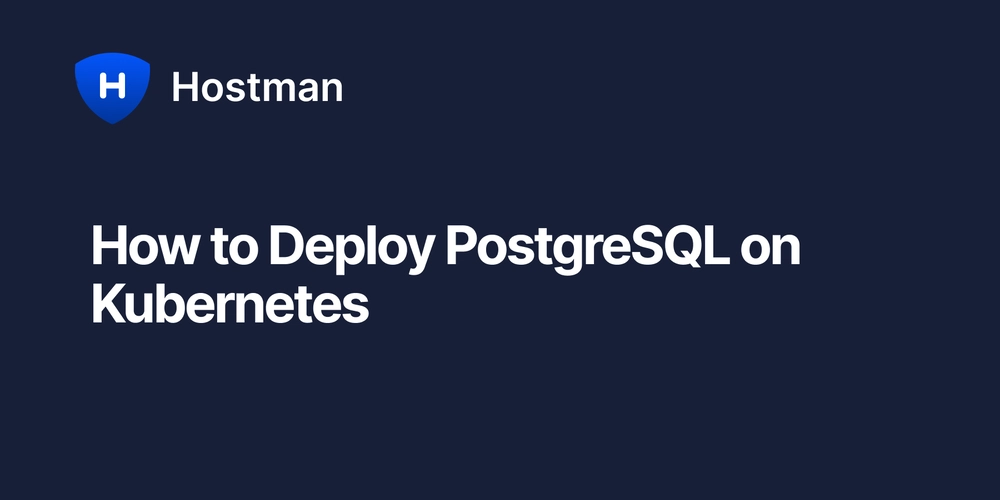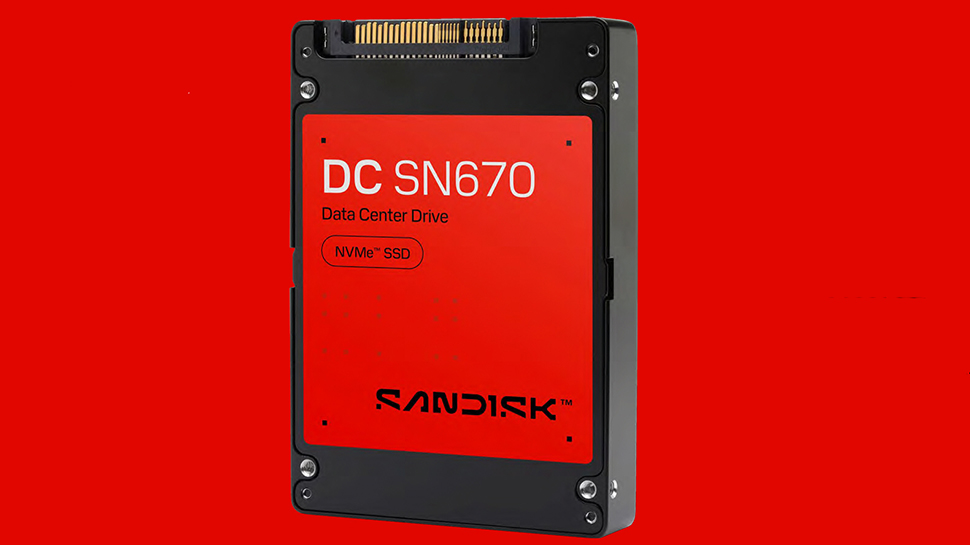How to Deploy PostgreSQL on Kubernetes
PostgreSQL is a powerful, open-source relational database management system (RDBMS) known for its reliability and robust feature set, including streaming replication, logical replication, and failover solutions. Deploying PostgreSQL on Kubernetes enhances its resilience, enabling organizations to minimize downtime and ensure data availability. This tutorial walks you through two approaches to deploying PostgreSQL on Kubernetes: Using a Helm Chart (for quick and automated deployment) Manual Deployment with StatefulSets (for more control and customization) What You’ll Learn ✅ Setting up a Kubernetes cluster (cloud or local) ✅ Managing data persistence with Persistent Volumes (PV) and Persistent Volume Claims (PVC) ✅ Deploying PostgreSQL using Bitnami’s Helm chart ✅ Manually configuring PostgreSQL with StatefulSets for better scalability ✅ Connecting to your PostgreSQL database from within the cluster ✅ Scaling, replication, and backup best practices Why Deploy PostgreSQL on Kubernetes? High Availability: Kubernetes ensures PostgreSQL remains accessible even during pod failures. Scalability: Easily adjust replica counts to handle increased workloads. Automation: Helm simplifies complex deployments with reusable templates. Data Persistence: PVCs and PVs prevent data loss when pods restart. Read the full tutorial here https://bit.ly/3SBolwL

PostgreSQL is a powerful, open-source relational database management system (RDBMS) known for its reliability and robust feature set, including streaming replication, logical replication, and failover solutions. Deploying PostgreSQL on Kubernetes enhances its resilience, enabling organizations to minimize downtime and ensure data availability.
This tutorial walks you through two approaches to deploying PostgreSQL on Kubernetes:
Using a Helm Chart (for quick and automated deployment)
Manual Deployment with StatefulSets (for more control and customization)
What You’ll Learn
✅ Setting up a Kubernetes cluster (cloud or local)
✅ Managing data persistence with Persistent Volumes (PV) and Persistent Volume Claims (PVC)
✅ Deploying PostgreSQL using Bitnami’s Helm chart
✅ Manually configuring PostgreSQL with StatefulSets for better scalability
✅ Connecting to your PostgreSQL database from within the cluster
✅ Scaling, replication, and backup best practices
Why Deploy PostgreSQL on Kubernetes?
High Availability: Kubernetes ensures PostgreSQL remains accessible even during pod failures.
Scalability: Easily adjust replica counts to handle increased workloads.
Automation: Helm simplifies complex deployments with reusable templates.
Data Persistence: PVCs and PVs prevent data loss when pods restart.
Read the full tutorial here https://bit.ly/3SBolwL










































































































































































![[The AI Show Episode 147]: OpenAI Abandons For-Profit Plan, AI College Cheating Epidemic, Apple Says AI Will Replace Search Engines & HubSpot’s AI-First Scorecard](https://www.marketingaiinstitute.com/hubfs/ep%20147%20cover.png)

























![How to Enable Remote Access on Windows 10 [Allow RDP]](https://bigdataanalyticsnews.com/wp-content/uploads/2025/05/remote-access-windows.jpg)

































































































![[DEALS] The 2025 Ultimate GenAI Masterclass Bundle (87% off) & Other Deals Up To 98% Off – Offers End Soon!](https://www.javacodegeeks.com/wp-content/uploads/2012/12/jcg-logo.jpg)







































































![Legends Reborn tier list of best heroes for each class [May 2025]](https://media.pocketgamer.com/artwork/na-33360-1656320479/pg-magnum-quest-fi-1.jpeg?#)
































































-Olekcii_Mach_Alamy.jpg?width=1280&auto=webp&quality=80&disable=upscale#)































































































![Apple using sketchy warning for apps bought using third-party payment systems [Updated]](https://i0.wp.com/9to5mac.com/wp-content/uploads/sites/6/2025/05/Apple-using-scary-looking-warning-for-apps-bought-using-third-party-payment-systems.jpg?resize=1200%2C628&quality=82&strip=all&ssl=1)





















![Watch Aston Martin and Top Gear Show Off Apple CarPlay Ultra [Video]](https://www.iclarified.com/images/news/97336/97336/97336-640.jpg)



































































































